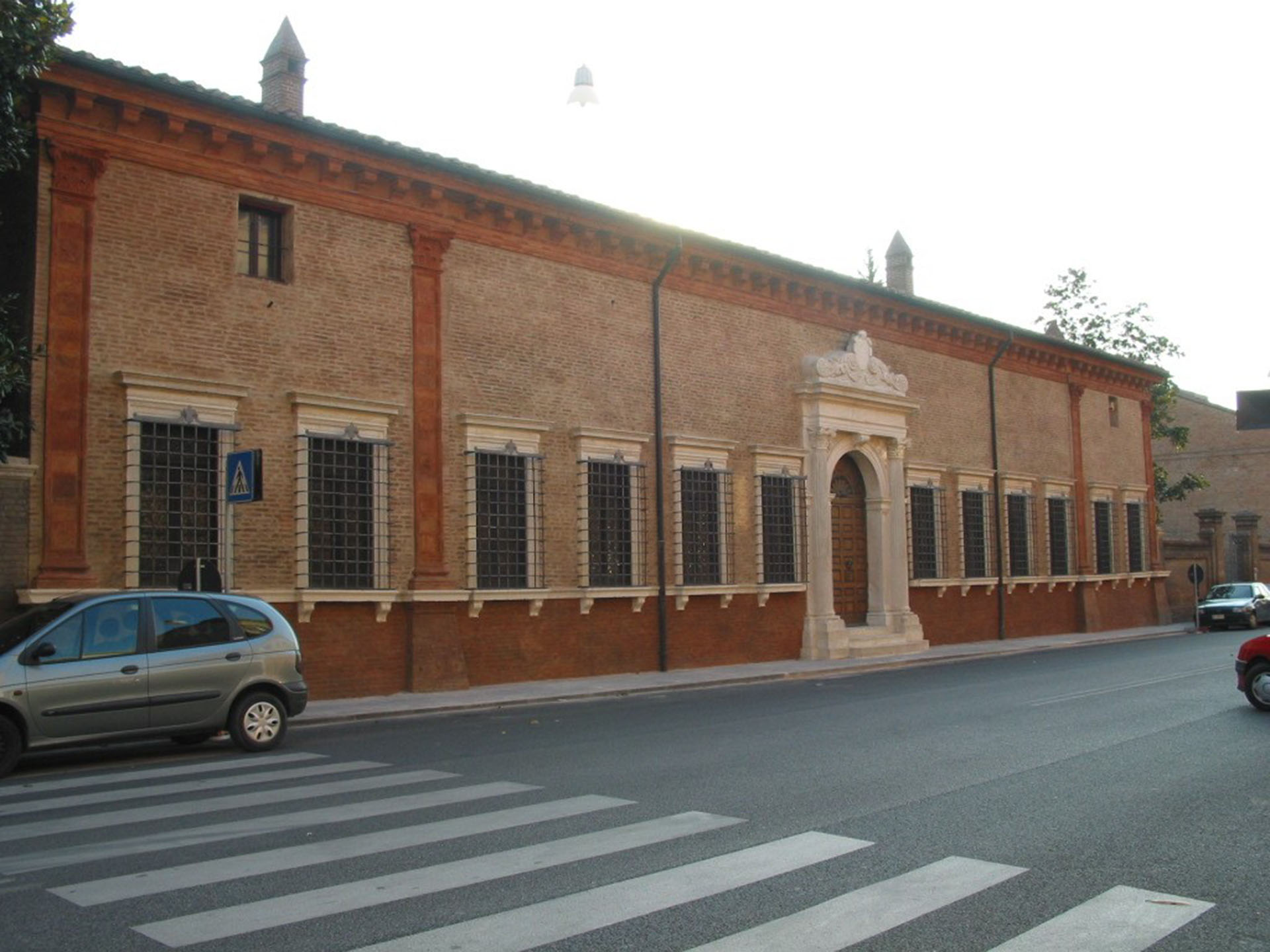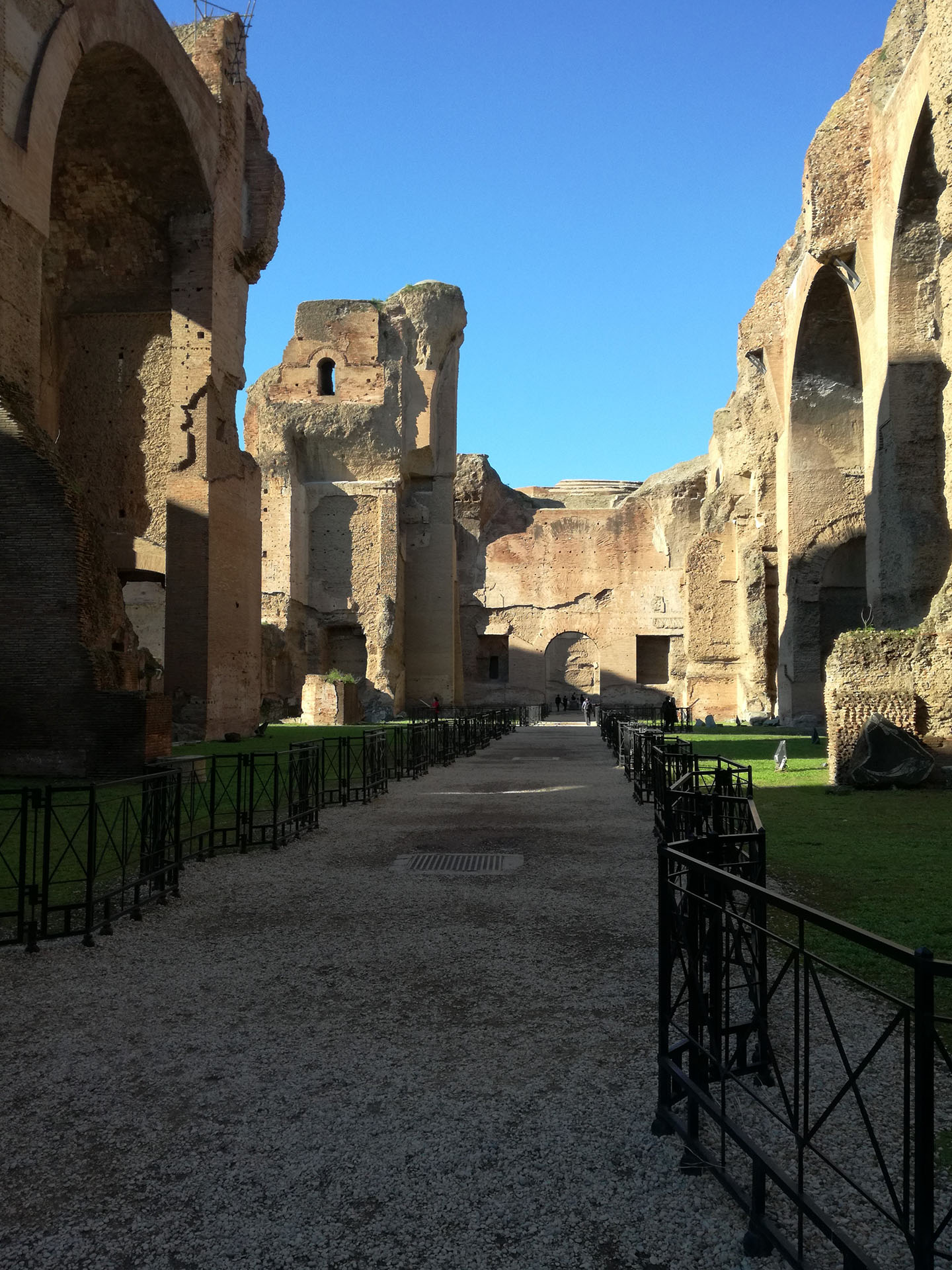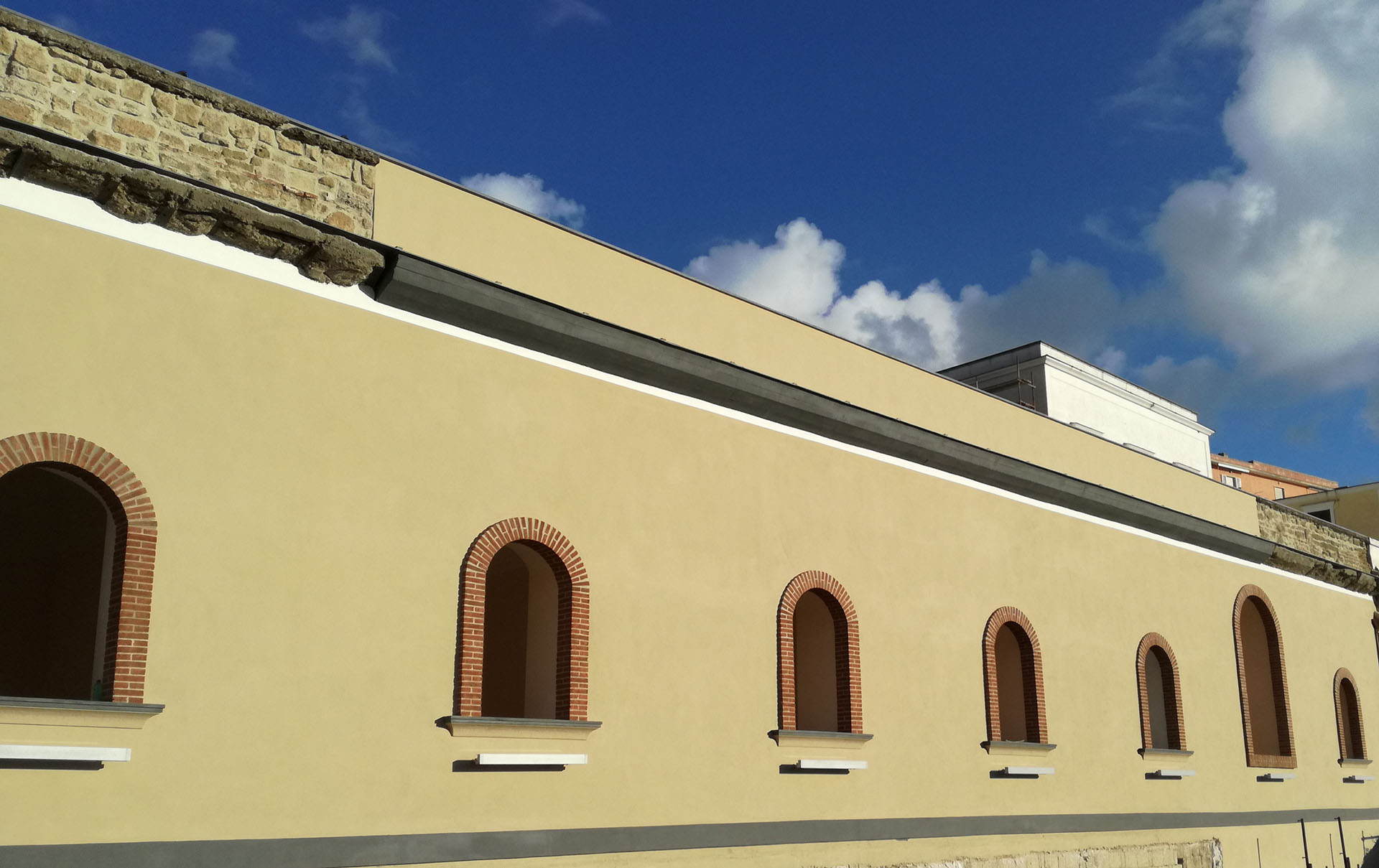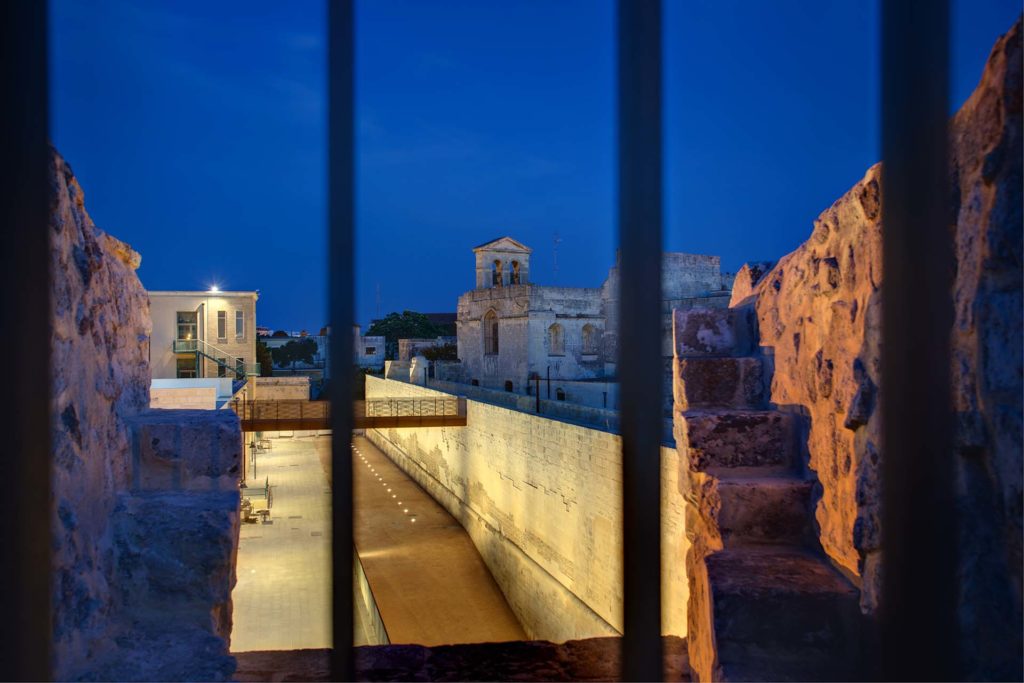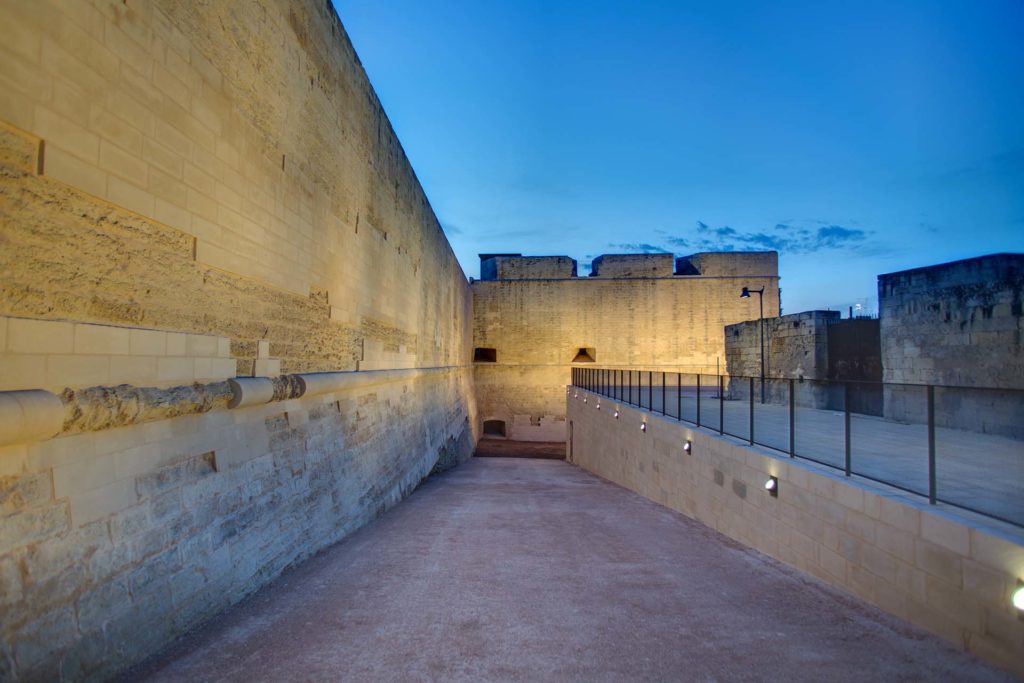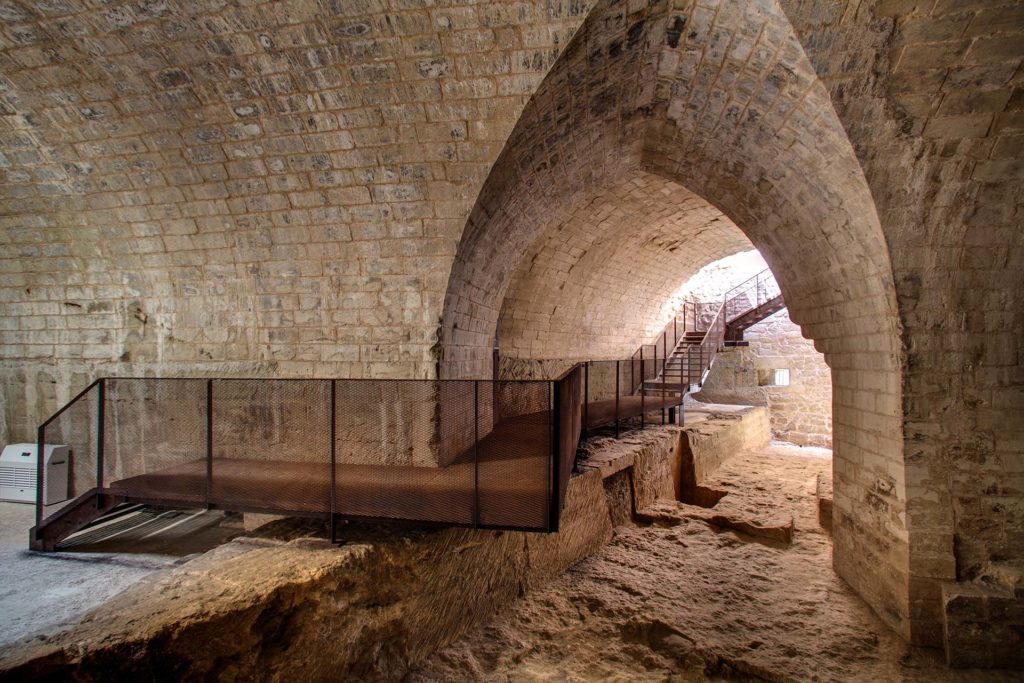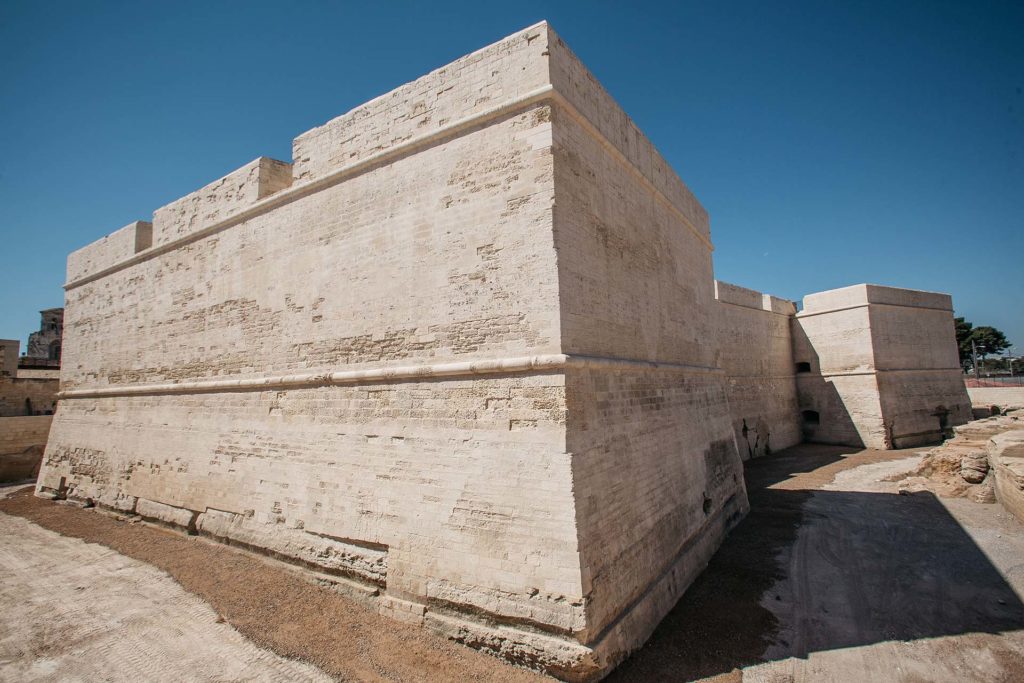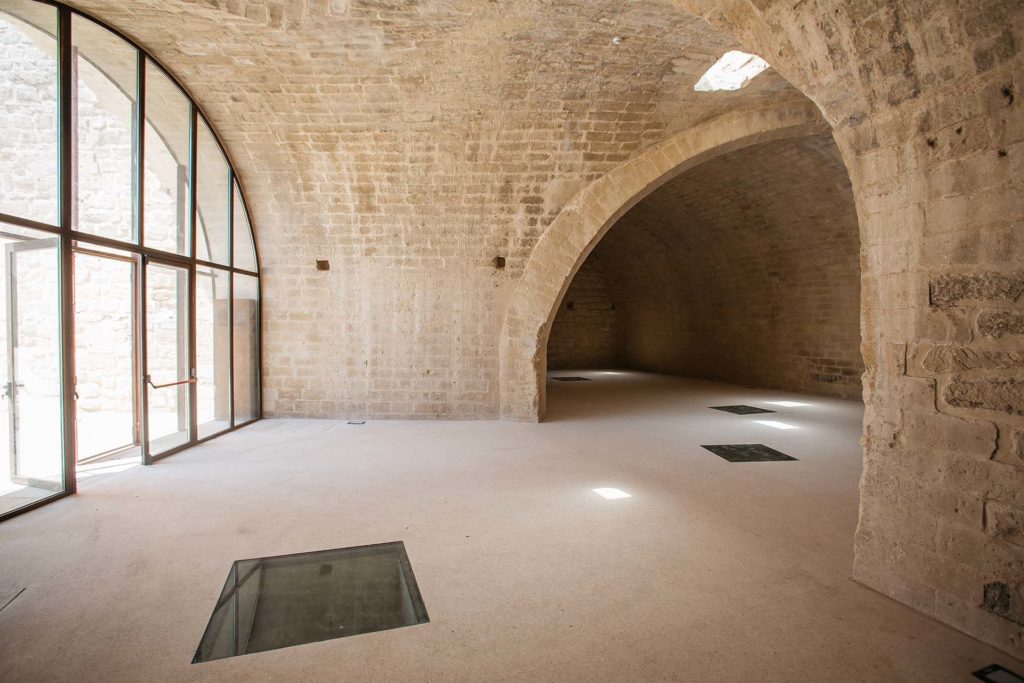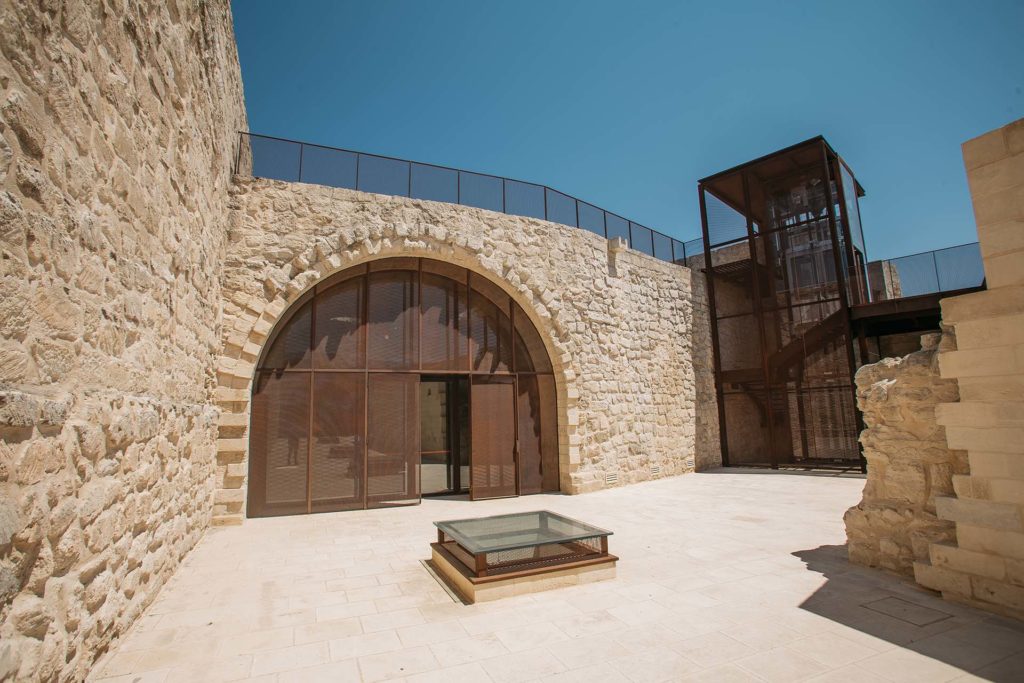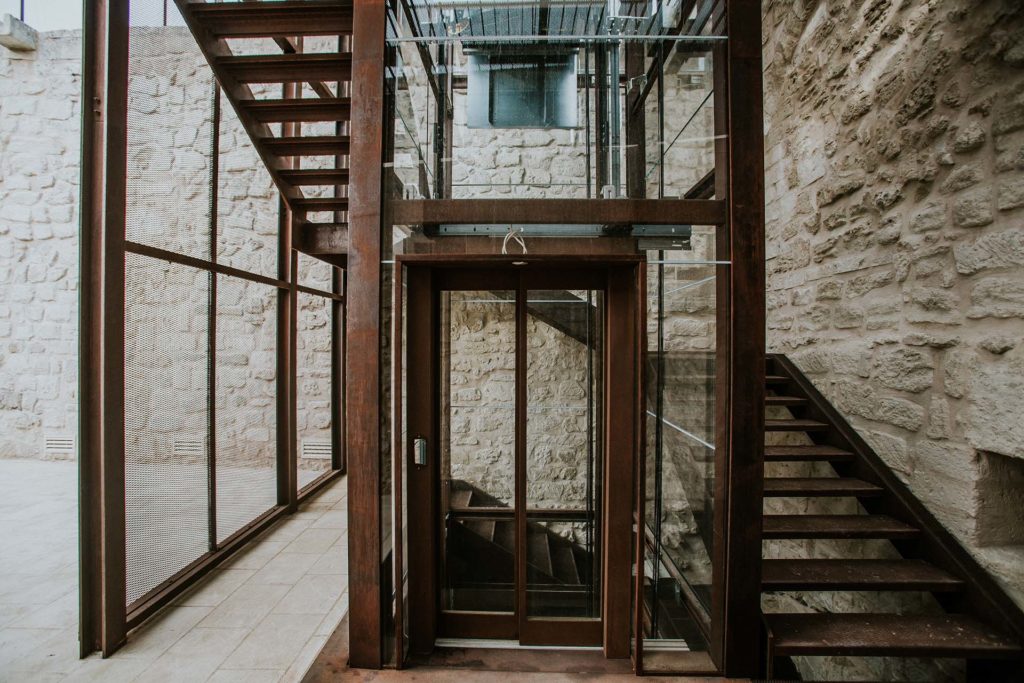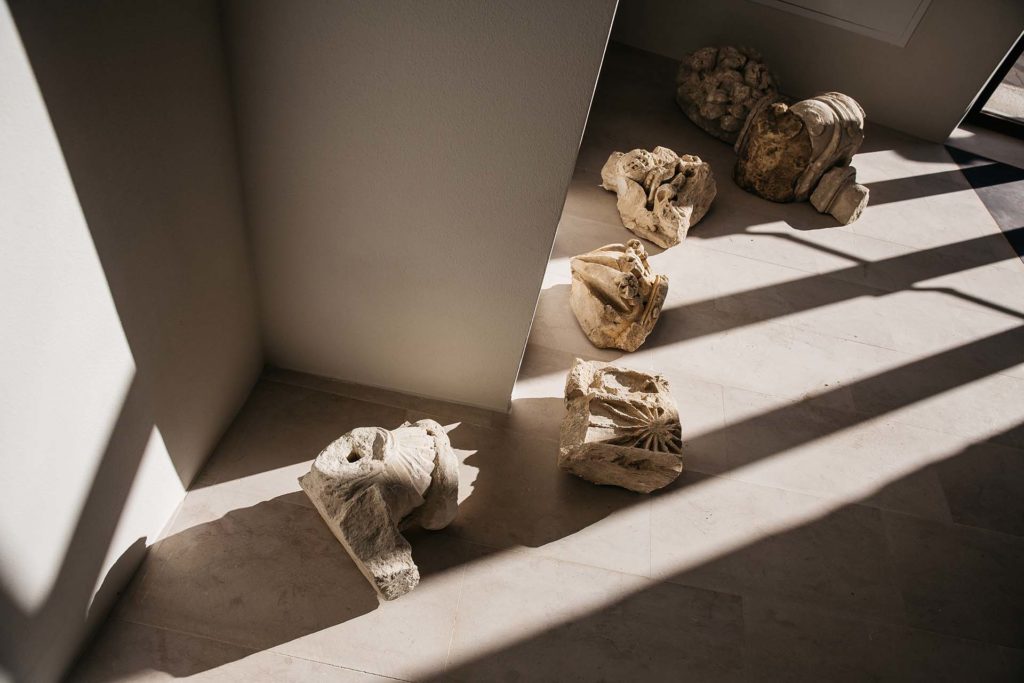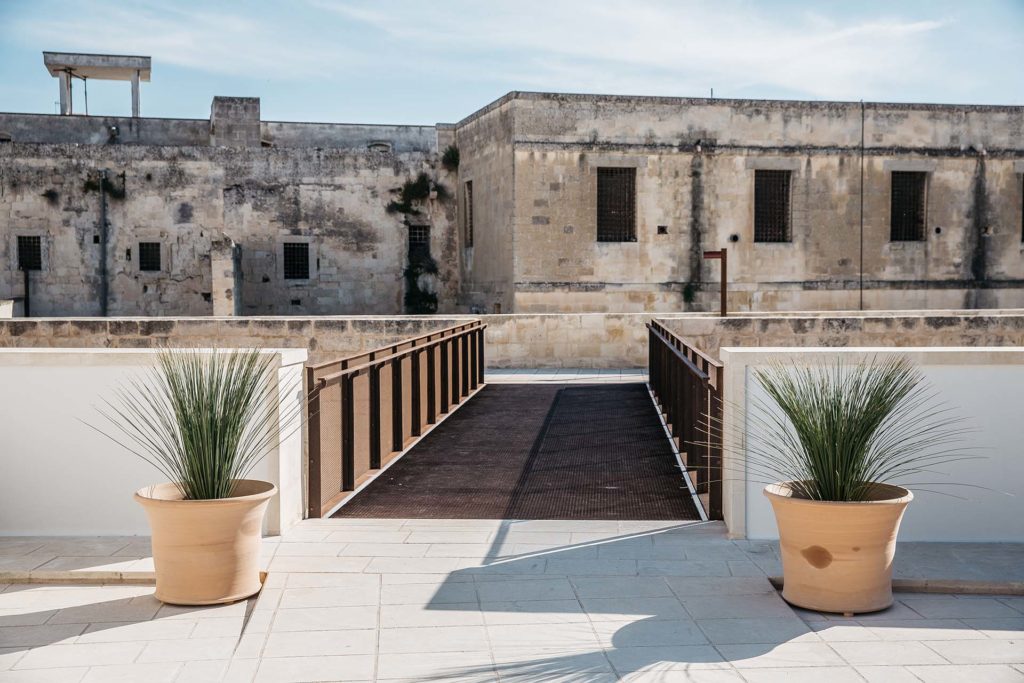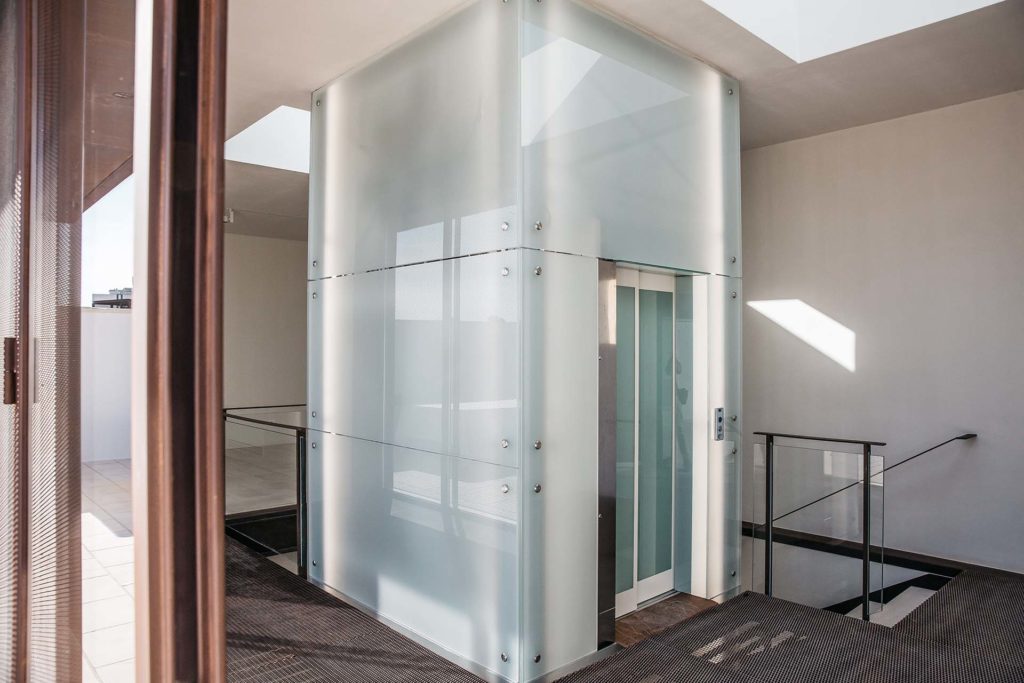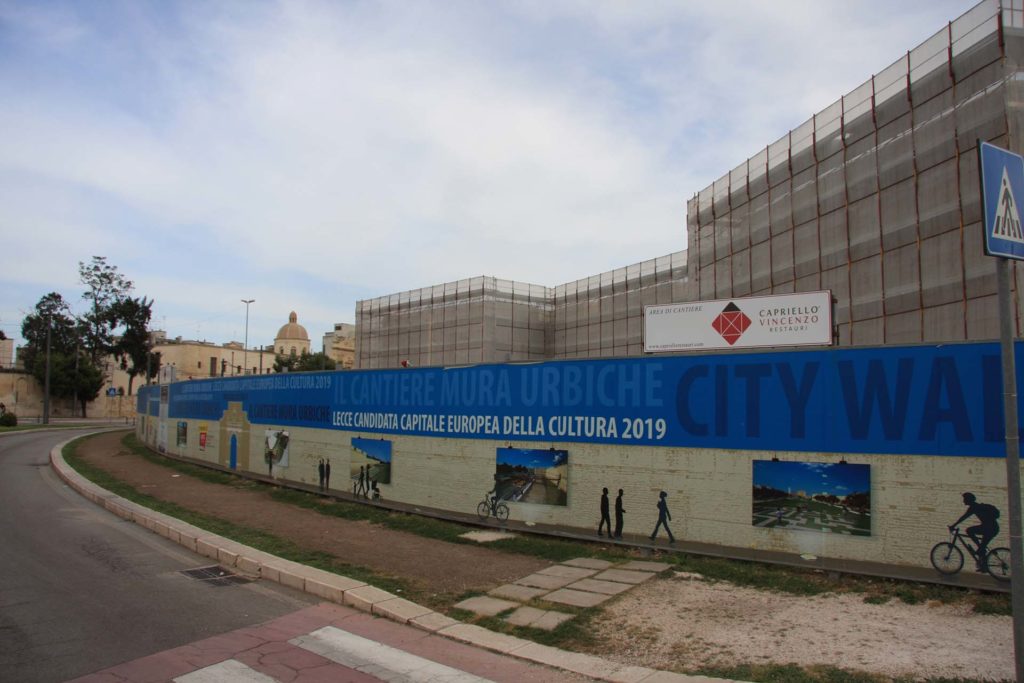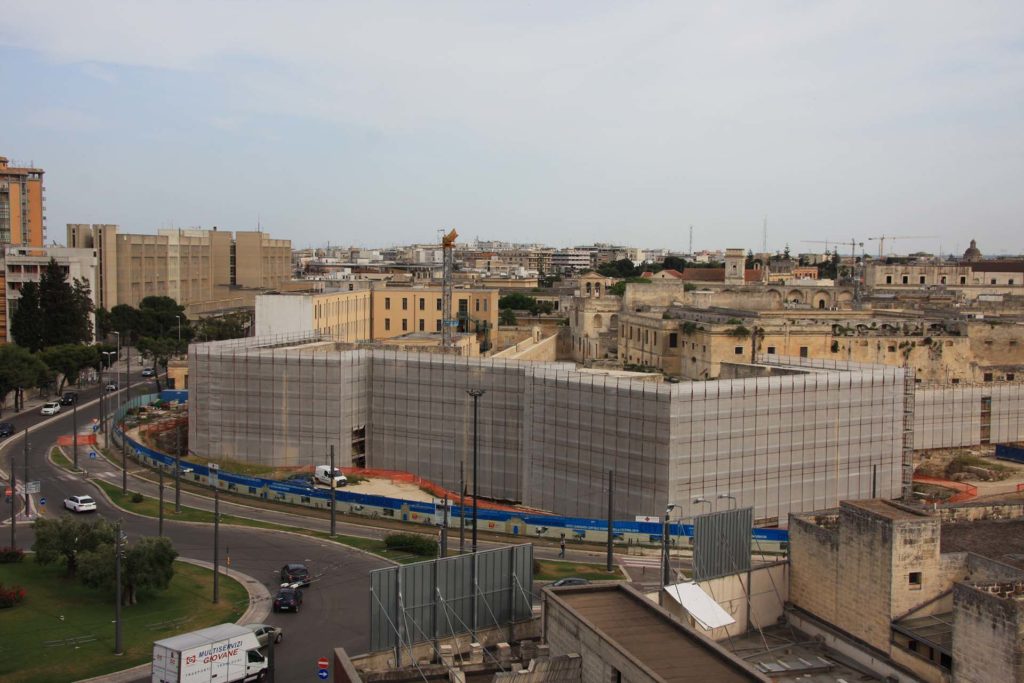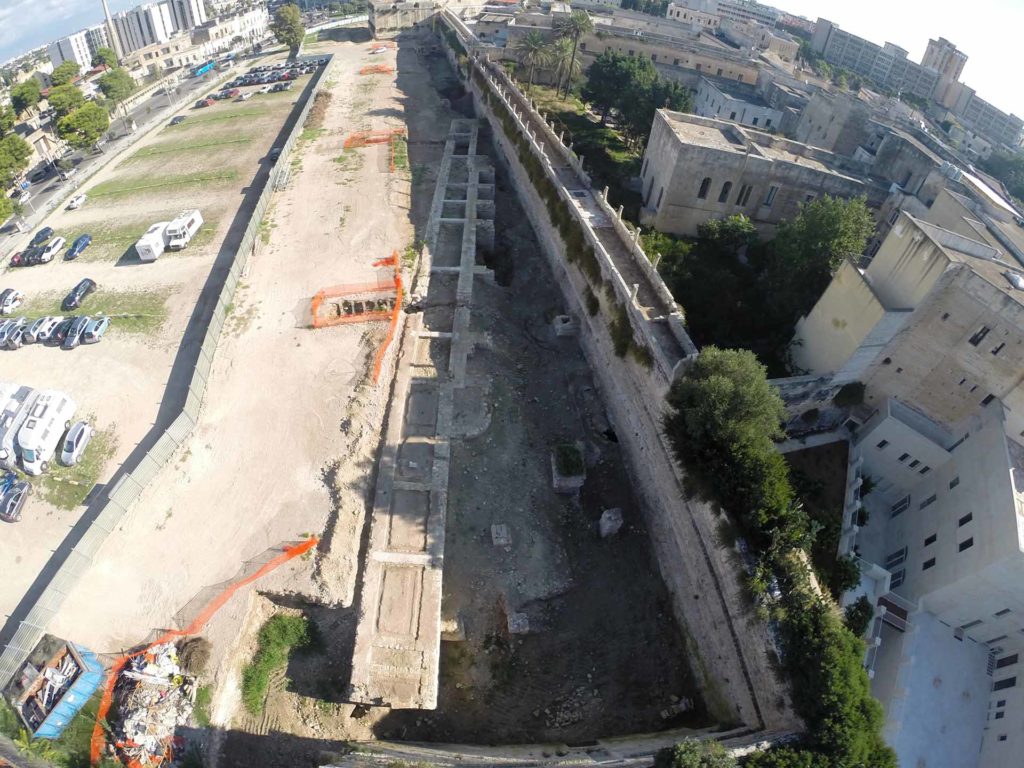City Walls of Lecce
The area of the historic center of Lecce is affected by the presence of a circuit wall that since the IV - III sec. a.c. has characterized and conditioned the urban fabric of the city. By the end of the 15th century, the Turks had plundered several coastal towns, which were depopulated due to the unsafe location. Charles V of Habsburg, faced with the danger of invasion by the Ottoman Empire, began the works of adjustment for the defensive structures of the cities of the Kingdom. The task of inspecting the existing fortifications was given to Don Pedro de Toledo, viceroy of the Kingdom of Naples.
It was 1539 when the imperial order arrived to equip Lecce, recognized metropolis of the Region, with a modern bastioned system, for which Gian Giacomo dell'Acaya was commissioned. The fortified walls consist of a megalithic wall structure with characteristics typical of the "modern fortifications" built with the dry construction technique, already widely in use since Roman times. The addition of the sixteenth century determines the northern limit of the fortification the creation of the double bastion with a typical tanaglia shape that constitutes the aggressive outpost of the entire fortification plant.
Inside, the building has undergone transformations due to the interconnection with the adjacent former convent of the Franciscans, while outside it retains its original configuration and constitutes, in terms of visual impact, element of grandeur and magnificence of the original fortified enclosure of the city. The restoration and functional recovery is divided into a series of works necessary to ensure the preservation over time of the important city monument and to allow accessibility for public use. Therefore, works of restoration and static consolidation of the degraded walls have been carried out, many of which had lost their material consistency and the original static balances. In addition, facilities and connection works necessary for a tourist-cultural tour have been realized.
Fundamental in the conduct of the work was the continued presence of archaeologists who investigated not only the stratigraphic units emerged during the excavations, but also the signs on the walls in elevated, allowing the achievement of a result that redefines "from life" the history of urban development of the city. The Mura Project, then became the Mura Construction Site, and after the stagings the Mura Experience: a story that also aims to involve emotionally visitors, who will be introduced in an engaging way a significant piece of history of the territory.
